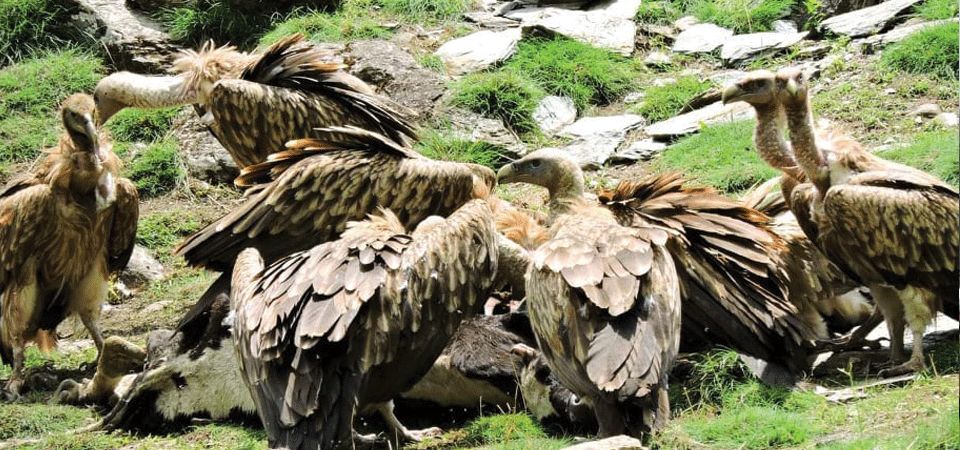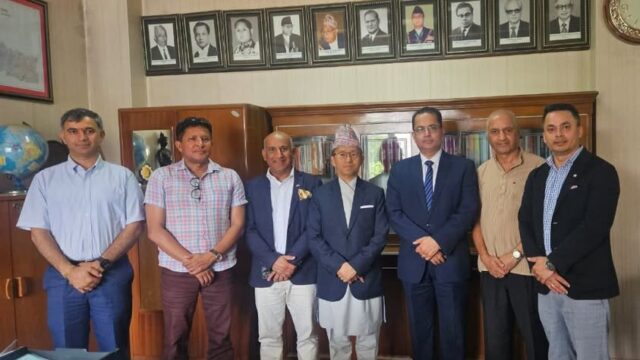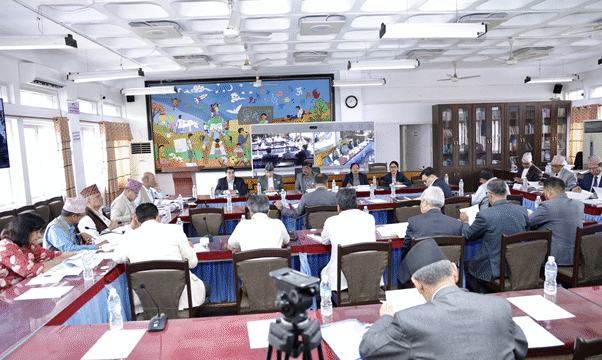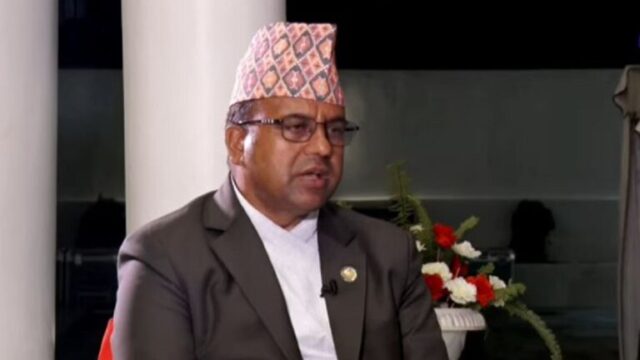The vulture population in the Pokhara region has increased by approximately 22% compared to last year, according to a census conducted on the occasion of International Vulture Conservation Day.
Manashant Ghimire, president of the Pokhara Bird Society, stated that the society has conducted its annual vulture count in the surrounding areas of Pokhara, as it does every year. In 2023, 387 vultures were recorded, and this year, the number has risen to 471. Ghimire also mentioned that an increase in vulture numbers was observed in Tanahun district during the study.
The vulture census was conducted at eight different locations, including Ghachok, Bachchebuduwa, Pumdi-Bhumdi, Vijaypur River Corridor, and Lameahaal in Kaski district, as well as Gachhepani, Sishuwa/Bhateri, and Damouli Landfill Site in Tanahun. Separate teams were deployed to each location for the count.
The census revealed that the population of the white-rumped vulture, listed as endangered, has increased the most. There has also been a slight increase in the population of critically endangered species such as the slender-billed vulture, red-headed vulture, and Indian vulture. The population of the king vulture has remained stable, while the Himalayan vulture has seen a decline.
The government has implemented the “Vulture Conservation Action Plan 2023-2029” to protect vultures. Various organizations involved in bird and wildlife conservation across the country also celebrated International Vulture Awareness Day by organizing diverse programs.
Since the government’s ban on the use of the harmful drug Diclofenac, which was used in veterinary treatments, in 2006, the vulture population has been gradually increasing. However, the number of vultures dying from pesticide poisoning in carcasses and collisions with high-voltage power lines continues to rise, Ghimire added. The Pokhara Bird Society has been updating the vulture population in the Pokhara region since 2017.






